What is E-BARQ
E-BARQ, a University of Sydney study, investigates how horse training and management interact with behaviour. Over time, the project will provide researchers with invaluable information on how our training and management affects behaviour and how, in turn, behaviour affects horse welfare.
The Equine Behavior Assessment and Research Questionnaire
The Equine Behavior Assessment and Research Questionnaire (E-BARQ): Since ancient times, horse behaviour and the bond between horses and humans, have been a source of intrigue and fascination. The horse-lore that has accumulated over the centuries is a rich mix of both useful practice (approaching horses from their left side, making them slightly less reactive) and unsubstantiated myth, such as the one that chestnut horses are especially difficult to handle.
This is why the University of Sydney has launched the Equine Behaviour Assessment and Research Questionnaire (E-BARQ), an ongoing global database of horse behaviour.
E-BARQ How-To
This video, courtesy of the International Society for Equitation Science, walks you through the development of E-BARQ and explains how you can participate.
E-BARQ's Who's Who

Dr Kate Fenner
PhD (horse behaviour and training) University of Sydney. Director Kandoo Equine Online Training System.

Professor Paul McGreevy
Professor of Animal Behaviour and Animal Welfare, University of New England.

Dr Andrew McLean
PhD (Equine Cognition and Learning), University of Melbourne. Director Equitation Science International.

Professor James Serpell
Professor of Ethics and Animal Welfare, University of Pennsylvania, School of Veterinary Medicine.
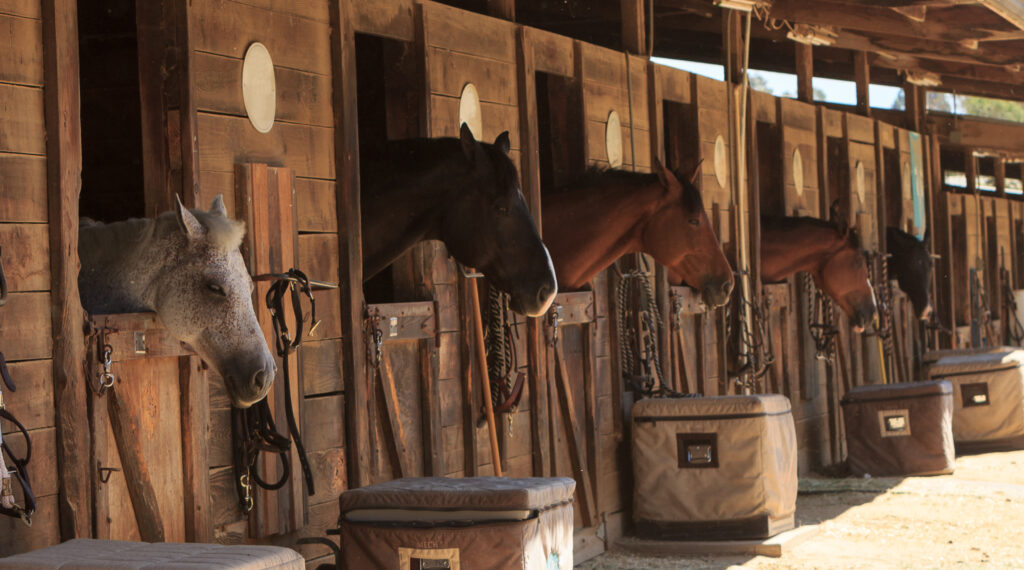
Your horses' results
The study explores how horse training and management interact with behaviour. It will reveal invaluable information on how our training and management affect behaviour and how, in turn, behaviour affects horse welfare. Beyond the immediate and direct research outcomes, E-BARQ also has great benefits to horse owners, riders and trainers.
On completion of the questionnaire, contributors receive a graph that compares their horse with 1000’s of other horses across various different categories. They also receive a private dashboard where they can log each of their horses and view their E-BARQ results. This innovative tool is completely free of charge.

Helping match horses and riders
Information provided by E-BARQ could potentially help buyers identify warning signs of dangerous behaviours and make more informed choices when purchasing. E-BARQ also holds great promise in tracking, welfare monitoring, promoting early intervention and the education of new owners in the area of horse rescue and re-homing.
By providing researchers with an unprecedented wealth of information, E-BARQ has the potential to revolutionise the way we train and manage our horses and, as a result, make real and lasting positive changes in horse welfare and the sustainability of horse sports.
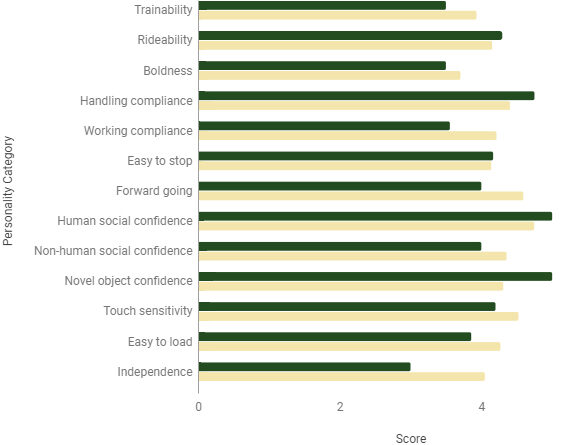
Take E-BARQ Now
Horse owners can upload photographs to a custom-built online dashboard, recording their horse’s training progress over time. For the first time, they’ll also be able to compare their horse’s behaviour with that of other horses. The Share-&-Compare graphs will reveal attributes such as trainability, rideability, handling, compliance, boldness, and human social confidence.

E-BARQ Press Release
Equine veterinarians, breeders, therapists, rescue organisations, coaches, instructors and trainers can form an E-BARQ Group. E-BARQ Groups allow Group participants to compare their horse’s behaviour, not only with the E-BARQ population in general, but with their Group in particular. Group administrators have access to all members’ Share-&-Compare graphs, allowing them to monitor Group participants horses’ behaviour over time.
E-BARQ’s Latest Findings

The Sex of the Handler
Does the sex of the rider or handler impact the behaviour of the horse? Find out here.
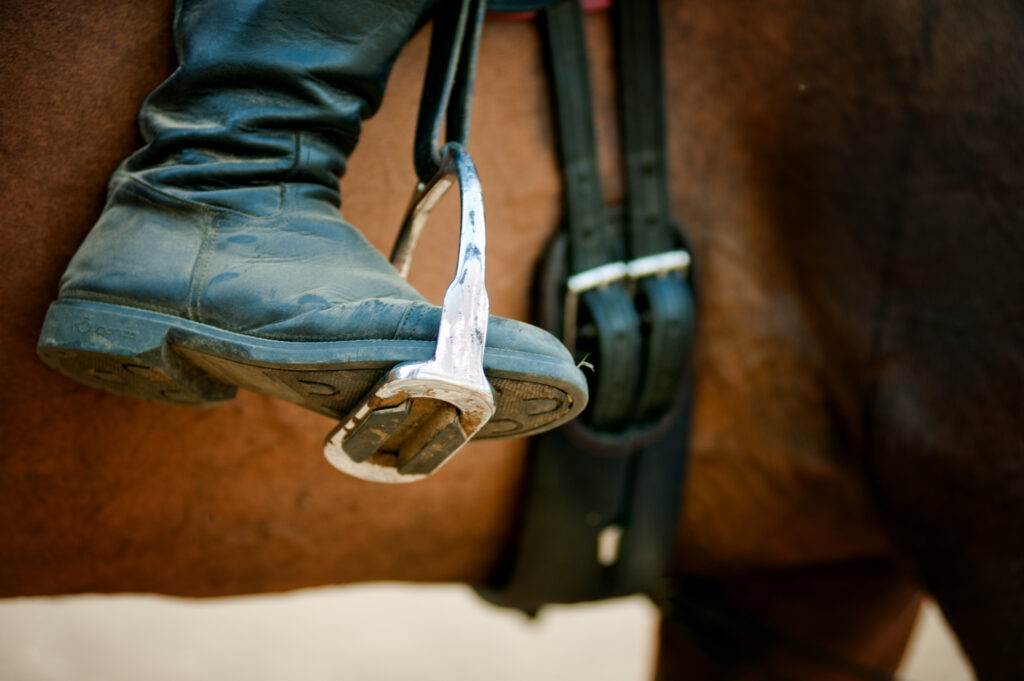
The Number of Riders
Does the number of different riders impact horse responsiveness? Find out here.
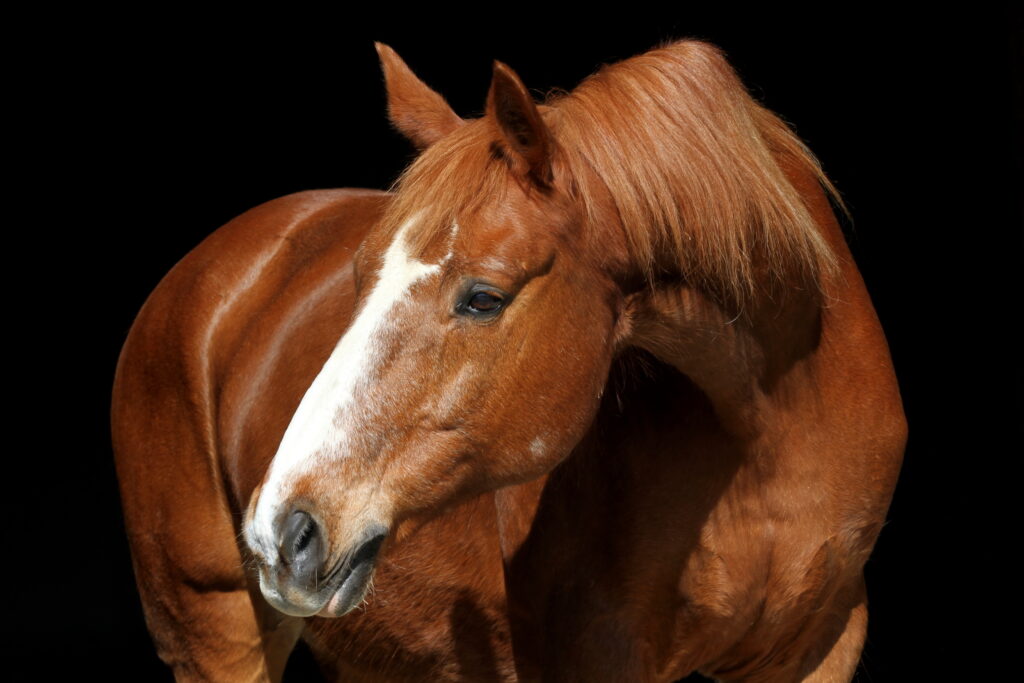
Behavioural Changes with Age
Does horse behaviour change as they age? Find out here.
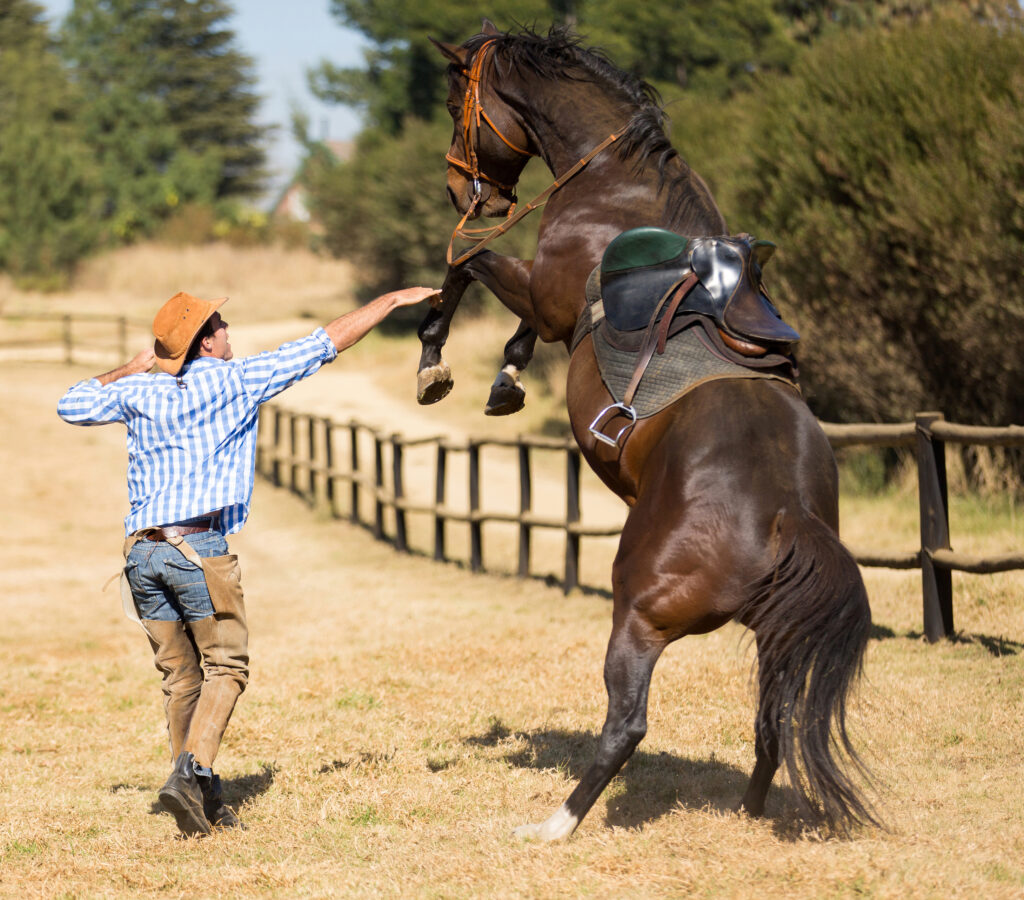
In-hand Behavioural Predictors

Are you a researcher?
If you’re interested in using E-BARQ in your next research project, click here to download the requirements and then please contact the E-BARQ team.













